G7: India, Canada look back with admiration for each other
Mark Carney and Narendra Modi reaffirmed the importance of Canada-India ties, based on mutual respect.
.jpg) Mark Carney and Narendra Modi at G7 Summit. / X/@narendramodi
Mark Carney and Narendra Modi at G7 Summit. / X/@narendramodi
The US President, Donald Trump, did it again. For the second time, he left the G7 summit mid-way, putting the Israel-Iran conflict an excuse for his action as the political leadership of the elite G7 nations assembled at Kananaskis in Alberta amid growing splits between the United States over foreign policy and trade, with host Canada striving to avoid clashes with President Donald Trump.
The summit concluded on a mixed note. Mark Carney, Prime Minister of Canada, had every reason to feel pleased with the Canadian Presidency. “In Kananaskis, Canada’s Presidency showed that we’re ready to create new international partnerships, deepen alliances, and lead member nations into a new era of global co-operation. Canada has the resources the world wants and the values to which others aspire. Canada is meeting this moment with purpose and strength,” said Mark Carney.
As Mark Carney and Narendra Modi had a one-to-one meeting after the Canadian Prime Minister addressed his G7 Presidency Press Conference, they agreed to appoint new High Commissioners in each other’s country, thus paving the way for the restoration of diplomatic relations that had virtually stood snapped since last year.
Mark Carney and Narendra Modi reaffirmed the importance of Canada-India ties, based on mutual respect, the rule of law, and a commitment to the principles of sovereignty and territorial integrity. The leaders agreed to designate new high commissioners, with a view to returning to regular services to citizens and businesses in both countries.
They discussed strong and historic ties between our peoples, partnerships in the Indo-Pacific, and significant commercial links between Canada and India, including partnerships in economic growth, supply chains, and the energy transformation. Prime Minister Carney raised priorities on the G7 agenda, including transnational crime and repression, security, and the rules-based order.
The leaders also discussed opportunities to deepen engagement in areas such as technology, the digital transition, food security, and critical minerals.
The last time Canada played host, in 2018, Trump left the summit before denouncing then Canadian Prime Minister Justin Trudeau as "very dishonest and weak" and instructing the U.S. delegation to withdraw its approval of the final communique. This time, when he left after the dinner on the second night of the summit, he even sounded positive, saying in case need arose, he might come back.
In an increasingly dangerous and divided world, co-operation with reliable partners is more important than ever. With G7 partners, Canada will build a new era of collaboration – one rooted in mutual support and resilient partnerships. Canada is ready to lead.
Under Canada’s Presidency, this G7 deepened co-operation with joint statements in the areas of securing critical minerals supply chains; adopting, powering, and sharing artificial intelligence; collaborating on quantum innovation; preventing, fighting, and recovering from wildfires; countering foreign interference, including transnational repression (this issue largely addressed the bone of contention between India and Canada in recent years); and fighting transnational crime, such as migrant smuggling.
Prime Minister Carney also announced various measures in support of Ukraine, including sanction on individuals, entities, and vessels that continue to support Russia’s aggression in Ukraine (Incidentally, President Donald Trump suggested during the summit that Russia should be taken back to make it G8); an additional $2 billion in military assistance this year; disbursement of a $2.3 billion loan to Ukraine through the G7 Extraordinary Revenue Acceleration Loans mechanism; and allocation of $57.4 million in security-related assistance.
Canada will also be taking action to build stronger economies and international systems.
As the Prime Minister Mark Carney started Day 2 at the Summit by calling on Donald Trump, holding that his priorities were strengthening peace and security, building critical mineral supply chains and creating jobs, issues such as U.S. tariffs and the conflicts in the Middle East and Ukraine, issues related to global security, economy and foreign trade figured prominently during various sessions of the annual gathering of the big seven. Mark Carney also held a one-to-one meeting with the Indian Prime Minister, Narendra Modi, after addressing his G7 Presidency Press Conference at the end of the summit.
The summit, which returned to Kananaskis for the second time since 2002, also had its highs and lows as late invitations to the Crown Prince of Saudi Arabia, Mohammed bin Salman and Indian Prime Minister Narendra Modi, as leaders of outreach nations, generated huge controversies. While Narendra Modi attended, the Crown Prince of Saudi Arabia, however, did not show up at the elite gathering.
Indian touch to the G7 summit
When the invitees started arriving in Calgary, the capital of Alberta, Mayor of Calgary, Jyoti Gondek, a UK-born woman of Indian origin, Premier Danielle Smith and First Nations representatives greeted leaders from the G7 nations and invited non-member countries as they arrived. Danielle Smith, who has been hawking media headlines for her statements, played host to the visiting leaders at an evening reception in Calgary and held bilateral meetings throughout the summit.
Another member of the Indian Diaspora, invited to attend the summit, was Ajay Banga, President of the World Bank.
One of the top officials entrusted with the security of the summit was Superintendent Joe Brar, also of Indian origin.
The G7 members include France, Germany, Italy and Japan, along with the European Union.
Also attending at Carney’s invitation are Indian Prime Minister Narendra Modi and Ukrainian President Volodymyr Zelenskyy, along with Australian PM Anthony Albanese, and the leaders of Brazil, Mexico, South Africa and South Korea.
It also witnessed a series of protests as throngs of people chanted and waved signs at designated protest zones, many directing their anger at U.S. President Donald Trump and the Indian Prime Minister, Narendra Modi, and other dignitaries attending the summit an hour away in Kananaskis. Hundreds of Khalistani supporters also held a procession in support of their demand.
Several organisations held rallies outside Calgary City Hall, including demonstrations for Indigenous water rights, peace in Kashmir and an end to violence in Ethiopia’s Amhara region. Hundreds of pro-Palestine supporters also joined a procession that marched through downtown, blocking traffic on Macleod Trail and prompting additional road closures.
For Prime Minister Mark Carney, who was elected leader of the Liberal Party and Prime Minister of Canada only in April this year, hosting the US President Donald Trump and other world leaders like President of France, Prime Ministers of the United Kingdom and Australia bedsides leaders of the world’s biggest democracies for three days for talks at the Pomeroy Kananaskis Mountain Lodge, where the 2002 G8 gathering was held, was a huge challenge.
Hectic schedule for Mark Carney
Prime Minister Mark Carney had a hectic and tight schedule throughout the three days of the summit. Starting with the official reception of the Prime Minister of the United Kingdom, Keir Starmer, on his arrival in Ottawa on June 15, he had a meeting with Keir Starmer, and the Chief Executive Officer of Cohere, Aidan Gomez, before leaving for Calgary to attend the summit.
On arriving in Kananaskis, he first met with the Prime Minister of Australia, Anthony Albanese, followed by his meeting with the President of South Africa, Cyril Ramaphosa. Before the end of day 1, Mark Carney also met with representatives of the Treaty 7 First Nations and the Chancellor of Germany, Friedrich Merz.
He started his Day 2 by calling on the President of the United States, Donald J. Trump, before he formally welcomed G7 leaders to Kananaskis, Alberta. He participated in the G7 Working Session I on the global economic outlook, before his meetings were held with the President of the European Council, António Costa, and the President of the European Commission, Ursula von der Leyen.
After participating in the G7 working lunch on economic growth, security, and resilience, Mark Carney met the Prime Minister of Japan, Ishiba Shigeru, besides participated in the G7 Working Session III on making communities safe.
In the afternoon on Day 2, he called on the President of France, Emmanuel Macron, and also met the Prime Minister of Italy, Giorgia Meloni.
Then there was the G7 family photo before the working dinner on making the world secure.
Mark Carney started his third and final day of the summit by welcoming and holding a meeting with the Secretary General of the North Atlantic Treaty Organisation, Mark Rutte.
He later welcomed and met the President of Ukraine, Volodymyr Zelenskyy, and participated in the G7 working breakfast on a strong and sovereign Ukraine with G7 leaders and guests.
After participating in the G7 closing session, he welcomed outreach countries and international organisations and joined them in a G7 family photo with outreach countries, international organisations, and guests.
Mark Carney met the Secretary-General of the United Nations, António Guterres, President of Brazil, Luiz Inácio Lula da Silva, and attended the G7 working luncheon on energy security with outreach countries and international organisations.
He addressed his G7 Presidency press conference before holding the much-awaited meeting with the Prime Minister of India, Narendra Modi.
Mark Carney’s last two meetings of the G7 summit were with the President of the Republic of Korea, Lee Jae Myung, and the President of Mexico, Claudia Sheinbaum.
Incidentally, seven comprehensive communiques about the deliberations during the three-day sessions were issued at the end of the summit.
Since the German Chancellor, Friedrich Merz, had stated before the start of the summit that Israel-Iran conflict “would be very high on the agenda of the G7 summit” holding that his goals were for Iran to not develop or possess nuclear weapons, ensuring Israel's right to defend itself, avoiding escalation of conflict and creating room for diplomacy, the participating G7 leaders issued a joint statement, saying: “We, the leaders of the G7, reiterate our commitment to peace and stability in the Middle East. In this context, we affirm that Israel has a right to defend itself. We reiterate our support for the security of Israel.
“We also affirm the importance of the protection of civilians. Iran is the principal source of regional instability and terror.
“We have been consistently clear that Iran can never have a nuclear weapon.
“We urge that the resolution of the Iranian crisis leads to a broader de-escalation of hostilities in the Middle East, including a ceasefire in Gaza.
“We will remain vigilant to the implications for international energy markets and stand ready to coordinate, including with like-minded partners, to safeguard market stability.
A new global conflict, a fresh global summit and an expected spike in global oil prices were the issues on which the participating leaders focused during their deliberations.
The leaders of the seven countries also talked about economic growth concerns, including energy security and critical minerals.
Building energy security was one of the key themes Prime Minister Mark Carney, as G7 host, had set on the summit’s agenda, although it has been a perennial issue discussed by the group over five decades of annual meetings.
The G7 leaders also talked about the role of critical minerals, which were needed for the energy transition and the development of storage battery technology.
ADVERTISEMENT
ADVERTISEMENT
E Paper
Video



 Prabhjot Paul Singh
Prabhjot Paul Singh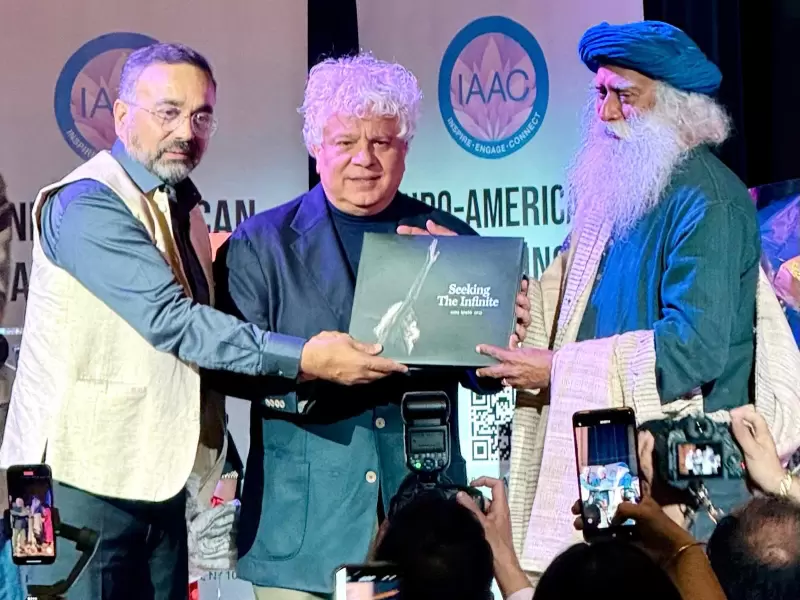
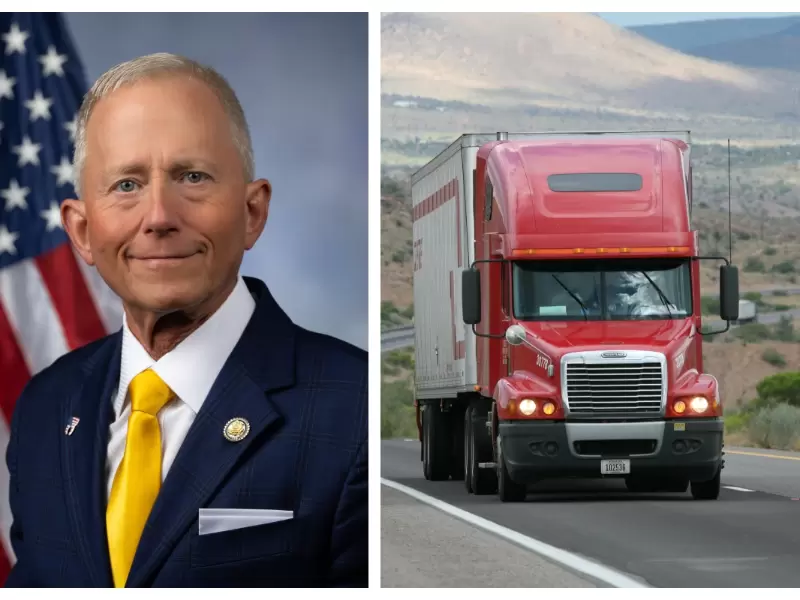
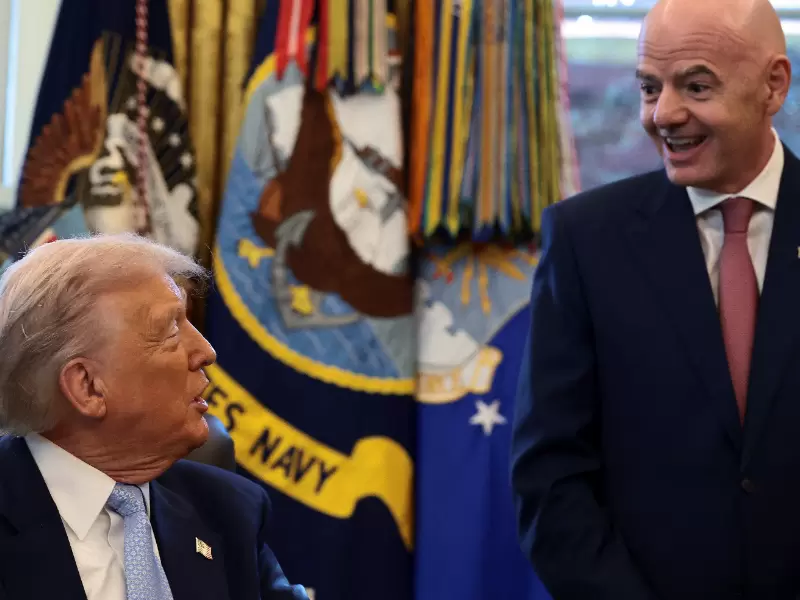
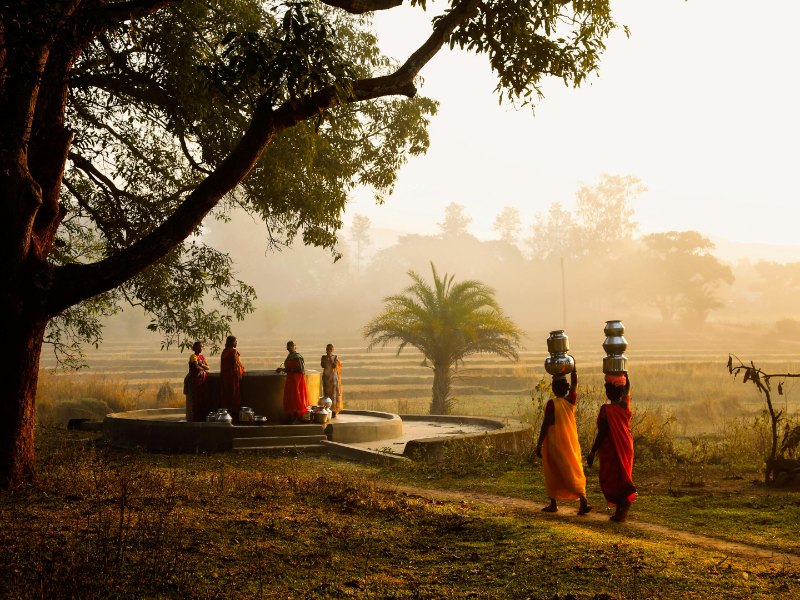
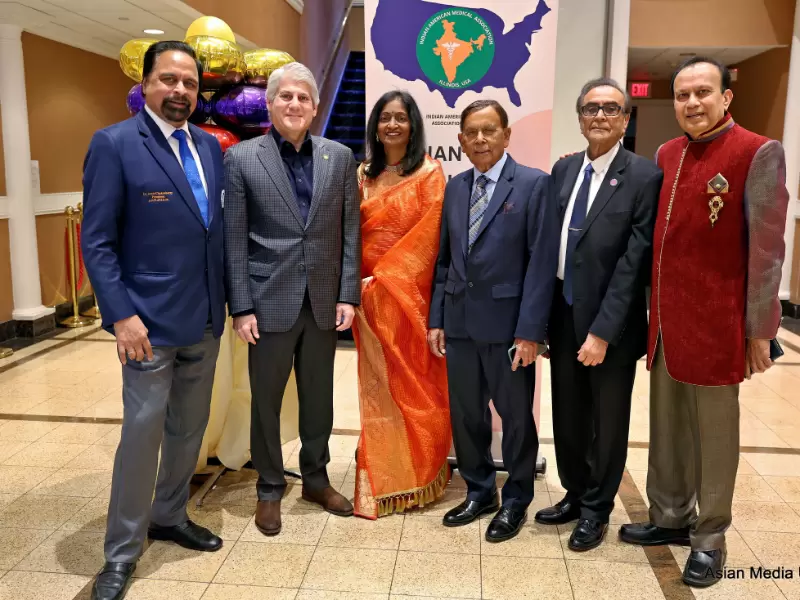
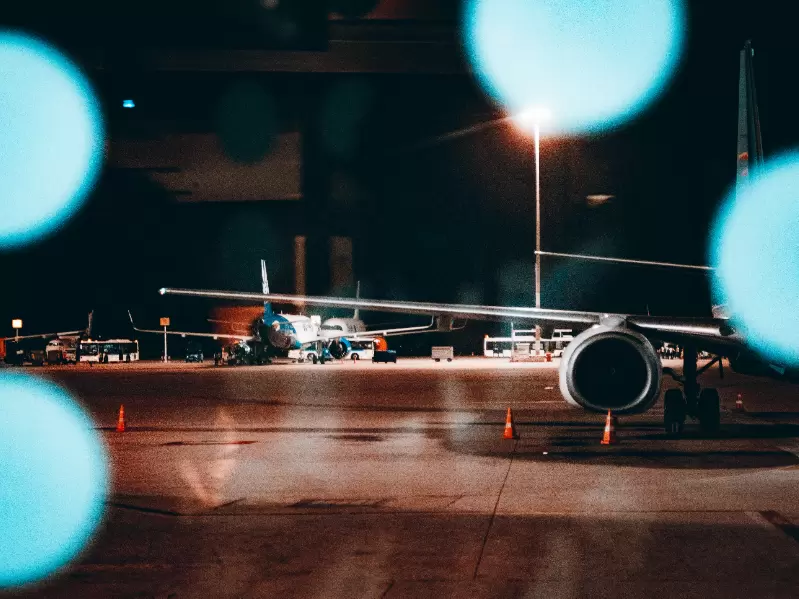

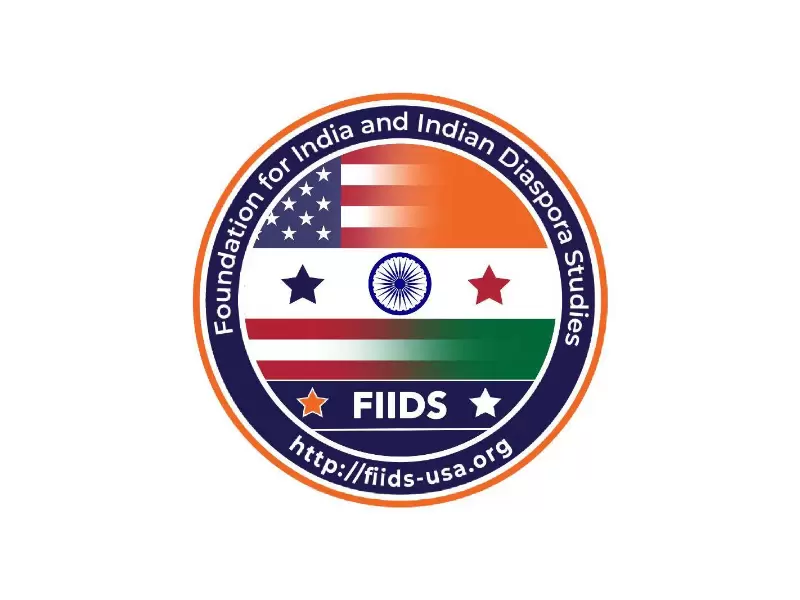

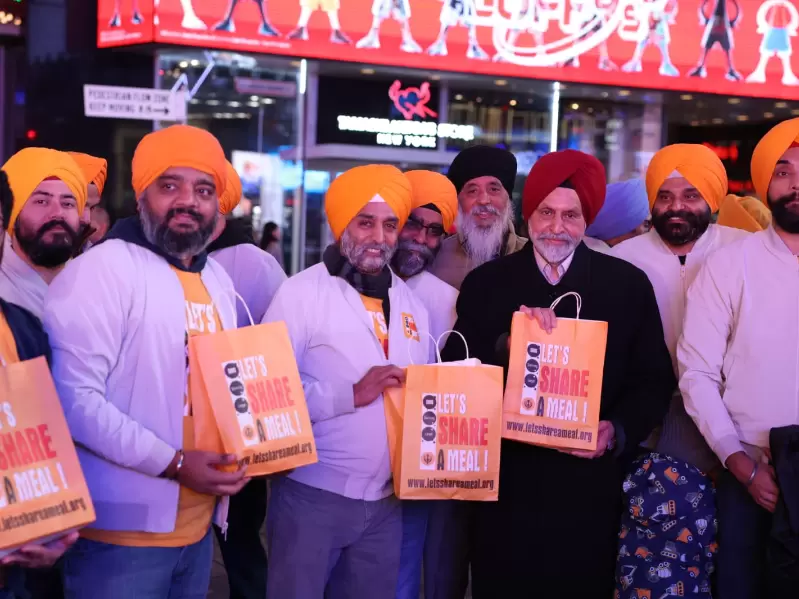



Comments
Start the conversation
Become a member of New India Abroad to start commenting.
Sign Up Now
Already have an account? Login